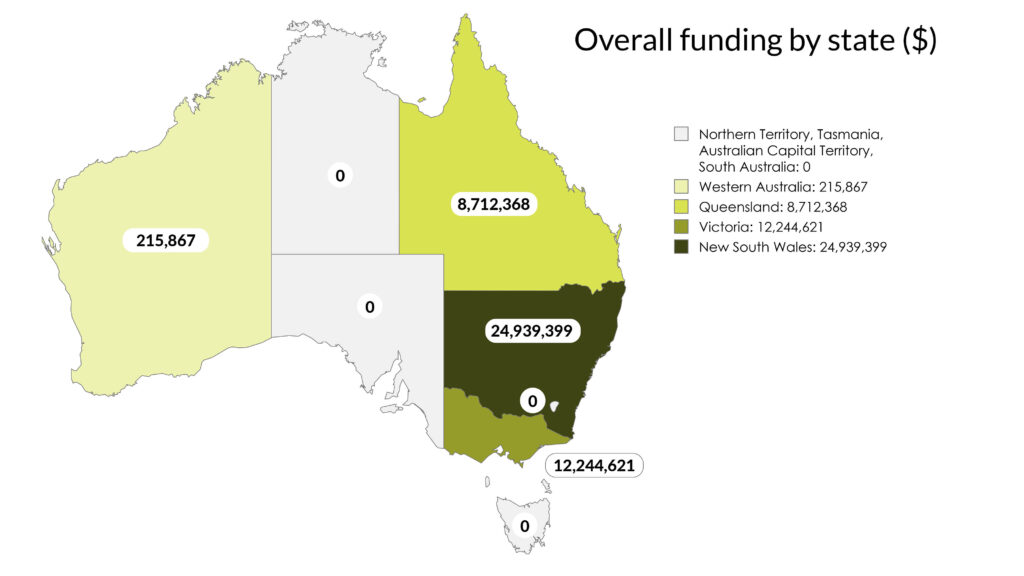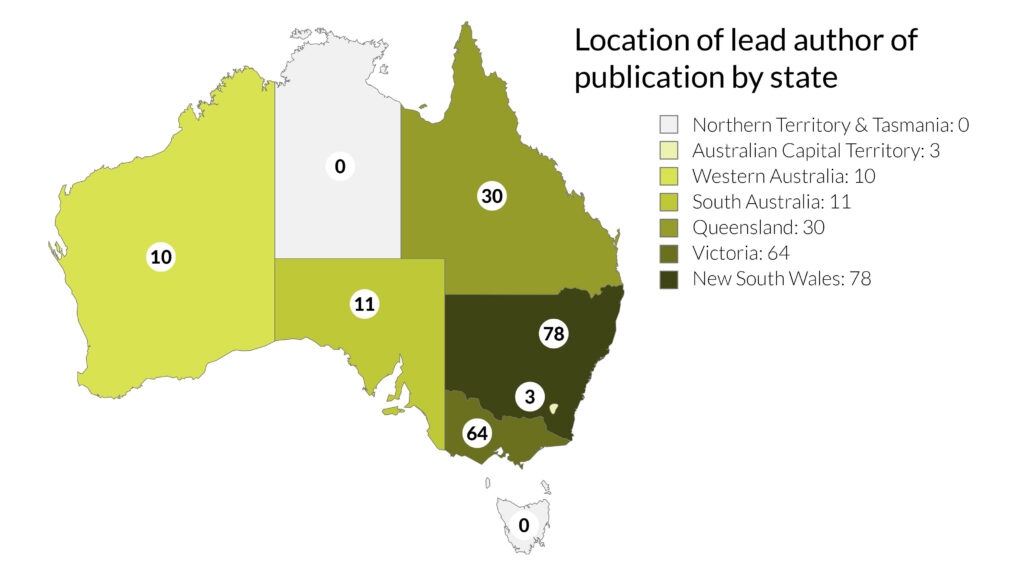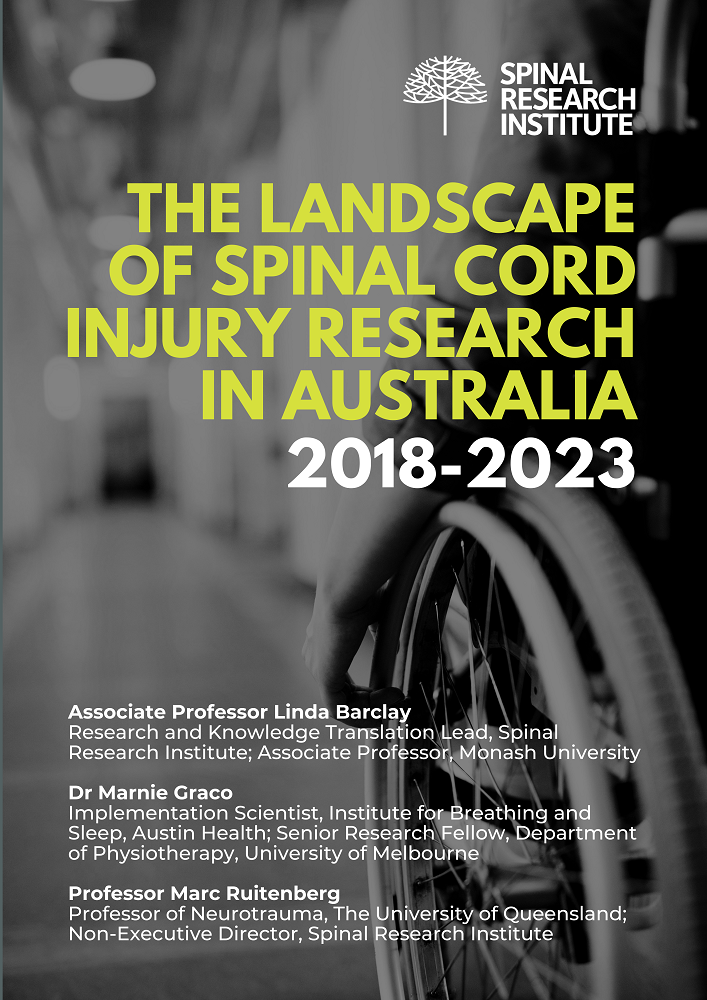The Spinal Research Institute (SRI) is pleased to share our report, The Landscape of Spinal Cord Injury Research in Australia (2018-2023). In order to gain a clear understanding of the current landscape of spinal cord injury research within Australia, The SRI sponsored this mapping study. Having this understanding can inform and support efforts to minimise duplication of research, reduce financial waste, and help make strategic decisions around investment, thereby maximising the use of the limited resources available.
Two approaches were used to identify as much current and recent research as possible. These were: a comprehensive web-based search to identify research currently in progress (commenced during or since 2018), and a scoping literature review to identify recently completed research (literature published between January 2018 and May 2023).
The total amount of overall funding identified in this search was $48,662,255. New South Wales received the most overall funding, followed by Victoria and Queensland. The largest category of clinical research funded was Rehabilitation, followed by Secondary Conditions. The largest category of pre-clinical research funded was Neuroprotection, followed by Discovery related projects.

The literature review included 196 eligible publications, the majority of which reported clinical research (n=171; 87.2%). Rehabilitation was the largest category of published research (n=51; 29.8%), followed by Secondary Conditions (n=45; 26.3%). In relation to the pre-clinical publications, there was an equal split between the categories of Discovery, Neuroprotection/Secondary damage, Regeneration and/or Neural Reconstruction, and Secondary Conditions (n=6 each; 24%).
Of the 196 publications, only nine engaged people with lived experience of SCI other than as research participants.

This report identifies several opportunities for new approaches to advance the reach and impact of SCI research in Australia. Models that integrate pre-clinical, clinical and community-based research involving multidisciplinary teams, in consultation with SCI consumers and key stakeholders, could maximise impact and return on investment. In addition, stronger incentives for multi-state collaborative projects are needed from funding agencies.


